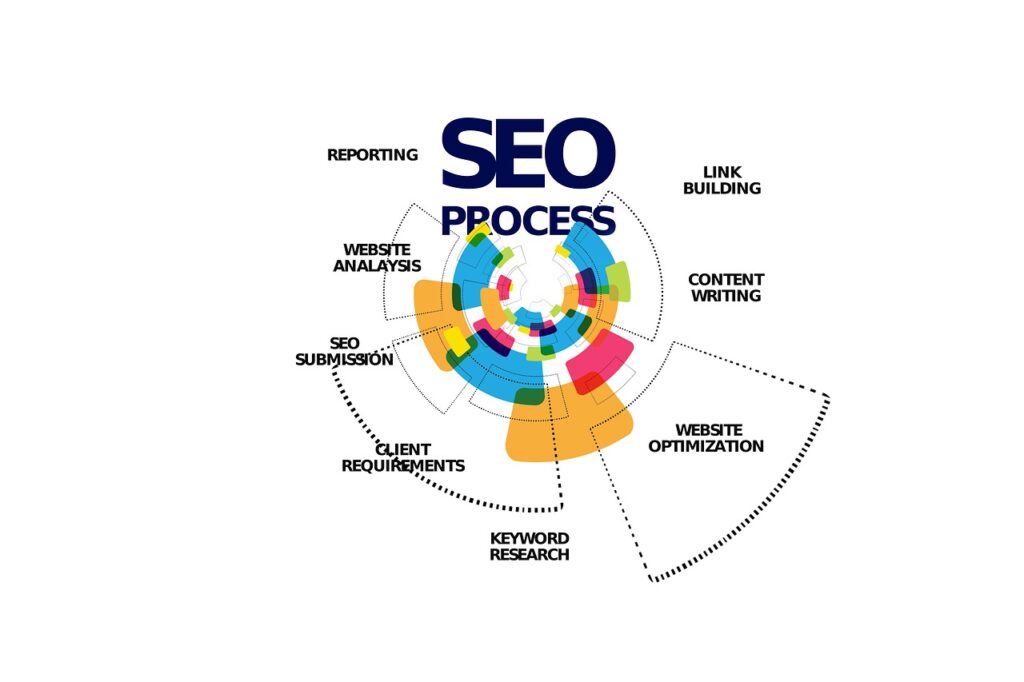In the rapidly evolving landscape of digital marketing, conducting a comprehensive SEO audit remains a critical task for small to medium business (SMB) owners and entry-level SEO professionals. As we head into 2024, it’s more important than ever to ensure that your website aligns with the latest search engine guidelines and best practices. This guide will walk you through the essential steps of conducting an SEO audit, designed to help you identify key areas for improvement and drive significant enhancements in your site’s search engine performance.
Understanding SEO Audits
An SEO audit is a detailed analysis of your website’s current performance and its potential to rank well in search engine results. The purpose of an SEO audit is to identify foundational issues affecting organic search performance, encompassing everything from technical SEO elements to on-page and off-page factors.
Step 1: Crawl Your Website Start by using tools like Google Search Console or Screaming Frog to crawl your website. This step helps you see your website the way search engines do and identify basic issues such as broken links, improper redirects, and problems with your sitemap.
Step 2: Check Site Accessibility Ensure that search engines can easily crawl your website and that pages are indexed correctly. Check your robots.txt file and meta robots tags to ensure they don’t inadvertently block important pages from search engines. Verify that your website is mobile-friendly, as Google primarily uses mobile-first indexing.
Step 3: Analyze On-Page SEO Factors Review all on-page elements that can affect your SEO:
- Title Tags and Meta Descriptions: Ensure they are of optimal length and include relevant keywords.
- Headers (H1, H2, H3): Check for proper use of header tags which help organize content clearly on your pages.
- Images: Ensure all images have descriptive, keyword-rich alt text.
Step 4: Evaluate Content Quality Content is king in SEO. Evaluate the quality, relevance, and uniqueness of the content on your site. High-quality, engaging content not only performs better in search engines but also keeps visitors on your site longer.
- Keyword Optimization: Ensure your content includes relevant keywords without stuffing.
- Content Gaps: Identify topics that your competitors are covering that you are not.
Step 5: Assess Off-Page SEO Off-page SEO is primarily about links:
- Backlink Profile: Use tools like Ahrefs or Moz to analyze the quality and quantity of backlinks pointing to your site. Look for opportunities to gain high-quality links and note any potentially harmful links that might need to be disavowed.
Step 6: Check Site Speed Site speed is a critical user experience and SEO factor. Utilize tools like Google’s PageSpeed Insights to identify how you can make your site faster. This could include optimizing images, leveraging browser caching, and reducing server response time.
Step 7: Technical SEO Dive into technical aspects such as:
- Structured Data: Ensure that your site is using schema markup to help search engines understand the context of your content.
- Canonical Tags: Check for proper use of canonical tags to avoid duplicate content issues.
Reporting and Action Plan
After your audit, compile your findings into a report that outlines key issues and prioritized recommendations. Create an actionable plan to address each issue, starting with those that will have the highest impact on your site’s SEO performance.
Marketing Assessment
For SMB owners and SEO newbies looking to dive deeper into optimizing their sites or to learn more about tailored SEO strategies. Here, you can find additional resources and services to help elevate your website’s search engine performance as we move into 2024.


